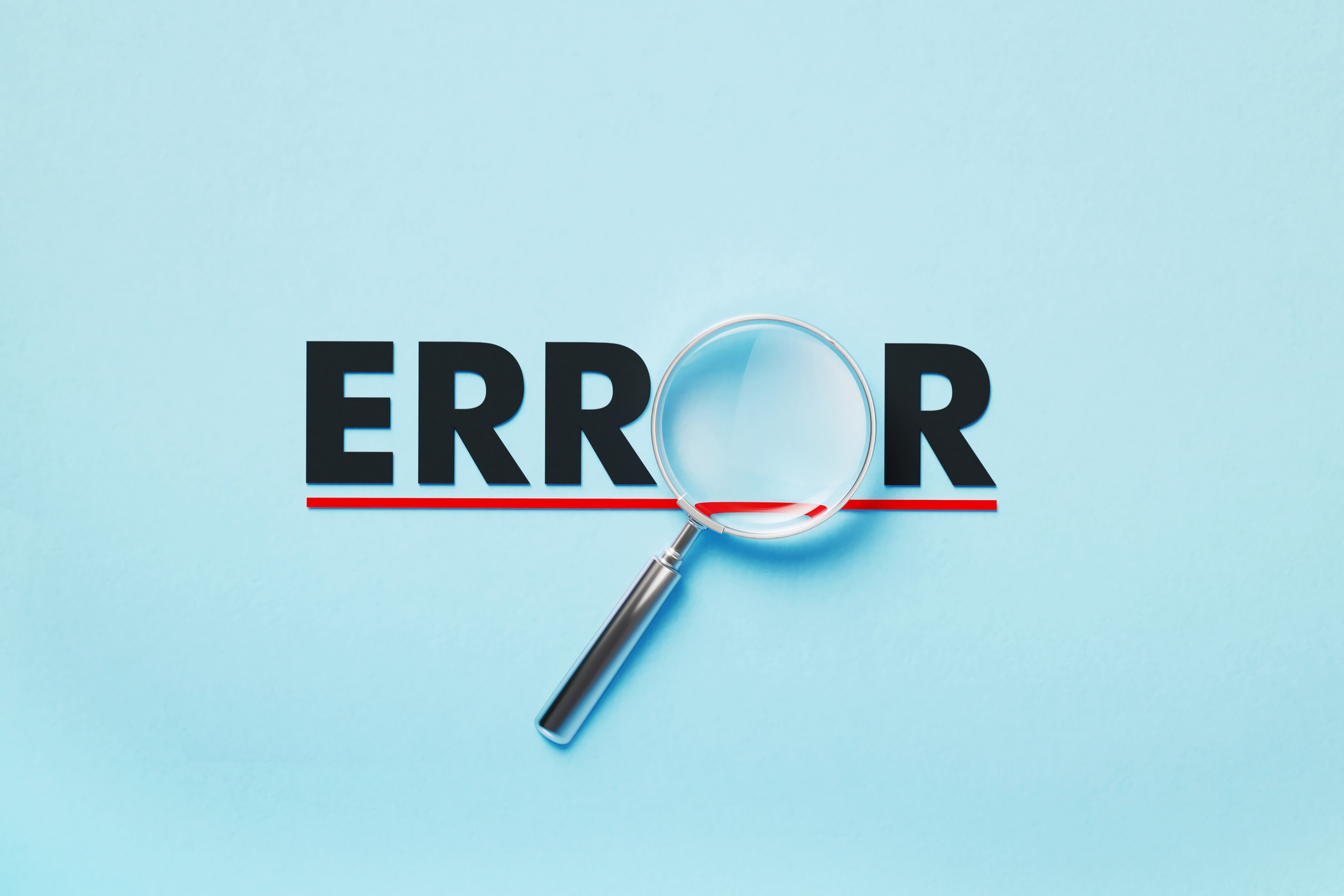Tax Tip: Reporting a 2020 RMD From an IRA That You Later Returned
If you paid back a "required minimum distribution" from an IRA last year, you still have to report the payout on your 2020 tax return.


Did you return a 2020 required minimum distribution (RMD) from an IRA after learning that RMDs were waived last year? If so, you need to know how to report it on your 2020 tax return – but it's a tad tricky.
RMDs from IRAs, 401(k)s and certain other retirement accounts were suspended for 2020. But some people took out an RMD in early 2020 before the waiver was enacted in late March. Those people had until the later of August 31, 2020, or 60 days after the payout to put the money back into the account and treat the distribution and subsequent redeposit as a tax-free rollover.

Sign up for Kiplinger’s Free E-Newsletters
Profit and prosper with the best of expert advice on investing, taxes, retirement, personal finance and more - straight to your e-mail.
Profit and prosper with the best of expert advice - straight to your e-mail.
Form 1099-R
If you took an RMD from an IRA last year and then paid it back in time, the Form 1099-R you get this year from your IRA custodian will show the original payout – but it won't account for the later return of the funds. In other words, the tax-free rollover won't show up on the form.
Don't worry, though. The 1099-R is not wrong. Rollovers are generally not reflected on the 1099-R because custodians know only about the distributions. They're generally not aware of a future rollover.
Your 2020 Tax Return
When filling out your Form 1040 or Form 1040-SR for the 2020 tax year, you should include the total amount of IRA distributions shown on your Form 1099-R on Line 4a of the 1040 form. Then you subtract the amount that you properly and timely returned to the IRA and report the remainder – even if $0 – on Line 4b of the 1040. Write "Rollover" next to line 4b so the IRS knows why the numbers don't match.
If federal income taxes were withheld from the original distribution and reported on the 1099-R form, remember to claim the withholding on Line 25b of the 1040 or 1040-SR form.
Get Kiplinger Today newsletter — free
Profit and prosper with the best of Kiplinger's advice on investing, taxes, retirement, personal finance and much more. Delivered daily. Enter your email in the box and click Sign Me Up.

Joy is an experienced CPA and tax attorney with an L.L.M. in Taxation from New York University School of Law. After many years working for big law and accounting firms, Joy saw the light and now puts her education, legal experience and in-depth knowledge of federal tax law to use writing for Kiplinger. She writes and edits The Kiplinger Tax Letter and contributes federal tax and retirement stories to kiplinger.com and Kiplinger’s Retirement Report. Her articles have been picked up by the Washington Post and other media outlets. Joy has also appeared as a tax expert in newspapers, on television and on radio discussing federal tax developments.
-
 6 Stunning Waterfront Homes for Sale Around the US
6 Stunning Waterfront Homes for Sale Around the USFrom private peninsulas to lakes, bayous and beyond, Kiplinger's "Listed" series brings you another selection of dream homes for sale on the waterfront.
By Charlotte Gorbold Published
-
 Six Reasons to Disinherit Someone and How to Do It
Six Reasons to Disinherit Someone and How to Do ItWhether you're navigating a second marriage, dealing with an estranged relative or leaving your assets to charity, there are reasons to disinherit someone. Here's how.
By Donna LeValley Published
-
 Free IRS Tax Filing for 30 Million People: Will It Continue Under Trump?
Free IRS Tax Filing for 30 Million People: Will It Continue Under Trump?Tax Filing Direct File was piloted last year in 12 states and has since expanded to 25. But some wonder whether the program will last under the Trump administration.
By Gabriella Cruz-Martínez Last updated
-
 How Caregivers for Adults Can Save on Taxes in 2025
How Caregivers for Adults Can Save on Taxes in 2025Tax Breaks Caring for your parent or spouse can be stressful, but the IRS offers tax breaks for qualifying taxpayers. Here they are.
By Kate Schubel Published
-
 U.S. Treasury to Eliminate Paper Checks: What It Means for Tax Refunds, Social Security
U.S. Treasury to Eliminate Paper Checks: What It Means for Tax Refunds, Social SecurityTreasury President Trump signed an executive order forcing the federal government to phase out paper check disbursements by the fall.
By Gabriella Cruz-Martínez Published
-
 IRS Layoffs Spark Delays, Doubt This Tax Season
IRS Layoffs Spark Delays, Doubt This Tax SeasonTax Season Tax experts say Trump’s downsizing of the IRS is already causing problems.
By Gabriella Cruz-Martínez Last updated
-
 States with the Highest Income Tax Rates for Retirees
States with the Highest Income Tax Rates for RetireesState Tax You may reconsider living and retiring in one of these states due to high taxes.
By Kate Schubel Last updated
-
 AI Tax Scams Target Middle and Older Adults: What to Know
AI Tax Scams Target Middle and Older Adults: What to KnowScams Whether you’re a retiree or Gen Z, scammers can gouge big financial losses with the help of artificial intelligence.
By Kate Schubel Published
-
 Tax-Deductible Home Improvements for Retirement in 2025
Tax-Deductible Home Improvements for Retirement in 2025Retirement Taxes Your aging-in-place plan could benefit from the medical expense tax deduction. But watch out for capital gains and property taxes.
By Kate Schubel Published
-
 Don’t Make These Five Mistakes on Your Tax Return
Don’t Make These Five Mistakes on Your Tax ReturnTax Filing The IRS warns taxpayers to watch out for these common errors as they prepare to file.
By Gabriella Cruz-Martínez Published